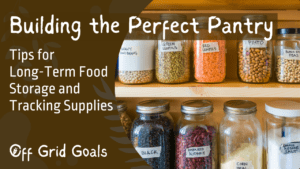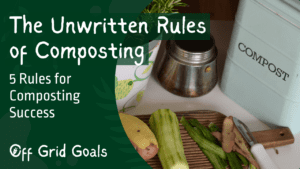Wondering where to start in planning a layout for your veggie garden?
Here’s what to know to design your vegetable garden plan:
- Know Your Growing Zone: Before you start planning your vegetable garden, it’s important to know your USDA Plant Hardiness Zone. This will help you determine which plants are best suited to your climate and growing conditions. The United States is divided into 11 zones, each with its own unique climate and temperature range. You can find your zone by using the USDA’s Plant Hardiness Zone Map or by consulting your local agricultural extension office.
- Choose the Right Location: Selecting the perfect location for your vegetable garden is key to its success. Look for a spot that receives at least 6-8 hours of sunlight per day and has good drainage. Avoid areas that are prone to flooding or have compacted soil.
- Decide on Garden Layout: When it comes to designing your vegetable garden layout, there are several options to consider:
- Row Planting: This traditional layout features rows of vegetables planted in straight lines. It’s a simple and efficient layout, but it can require more space and maintenance.
- Raised Beds: Raised beds offer excellent drainage, soil aeration, and weed control. They’re ideal for small spaces and can be customized to fit your garden’s needs.
- Square Foot Gardening: In a square foot garden, vegetables are planted in a grid pattern within raised beds, with each square foot designated for a different crop. This method maximizes space and yields while minimizing waste.
- Companion Planting: Companion planting involves planting different crops together based on their mutually beneficial relationships. For example, planting tomatoes with basil can help repel pests and improve flavor.
- Select Your Vegetables: Choose vegetables that are well-suited to your growing zone and garden layout. Consider factors such as plant spacing, sunlight requirements, and water needs. Some popular vegetables for different regions of the United States include:
- Northeast: Broccoli, lettuce, carrots, and peas thrive in the cooler temperatures of the Northeast.
- Southeast: Tomatoes, peppers, cucumbers, and squash do well in the warm, humid climate of the Southeast.
- Midwest: Corn, beans, potatoes, and pumpkins are staples of Midwestern gardens.
- Southwest: Peppers, tomatoes, eggplant, and melons flourish in the hot, arid climate of the Southwest.
- Pacific Northwest: Kale, spinach, beets, and radishes thrive in the mild, rainy climate of the Pacific Northwest.
- Consider Seasonal Planting: To maximize your vegetable garden’s productivity, consider planting a mix of cool-season and warm-season crops. Cool-season crops, such as lettuce, broccoli, and peas, can be planted in early spring or late summer, while warm-season crops, such as tomatoes, peppers, and cucumbers, are best planted after the danger of frost has passed in spring.
- Plan for Succession Planting: Succession planting involves planting crops in succession to ensure a continuous harvest throughout the growing season. For example, you can plant quick-growing crops like lettuce and radishes in early spring, followed by warm-season crops like tomatoes and peppers once the weather warms up.
- Consider Vertical Gardening: Vertical gardening is a space-saving technique that involves growing plants vertically on trellises, arbors, or fences. This method is ideal for vining crops like cucumbers, tomatoes, and beans, as well as space-challenged gardens.
One of my favorite tools for planning a garden is Seedtime!




















